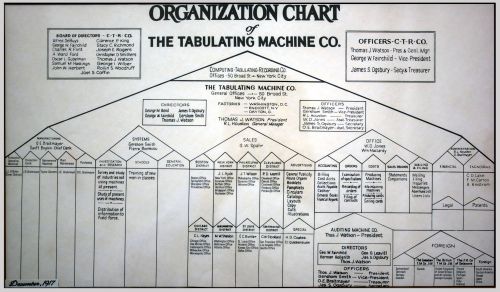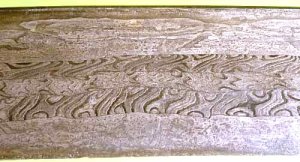Current mythology is that the Work Breakdown Structure (WBS) was developed as part of the PERT program within the US Navy in 1957/58. I’m not so sure…….. Similar types of chart were around for up to 100 year before the PERT program started:
- Organization Charts were developed in 1854 but not too widely used (the example shown is from 1917).
- Cost breakdown charts were in use from 1909 at least (if not sooner).
- Process diagrams and flow charts were publicized by the Gilbreth’s in 1921.
What I’m looking for is evidence that this type of hierarchical chart focused on work to be accomplished was developed prior to 1957; or alternatively confirmation that the PERT team initiated the idea and the NASA/DoD/PERT-COST people standardized the idea.
A summary of my findings and images of the charts are at: https://mosaicprojects.com.au/PMKI-ZSY-020.php#WBS
Any feedback or input will be welcome. Over to you……
Project Management history has been a long term interest of mine, for all of my papers see: https://mosaicprojects.com.au/PMKI-ZSY.php











